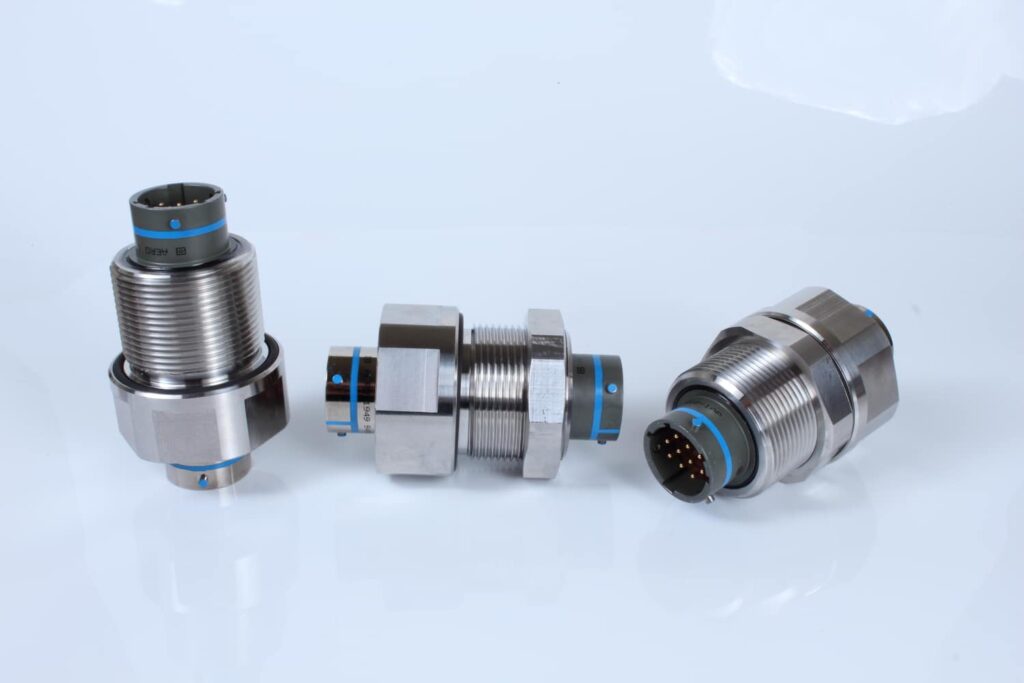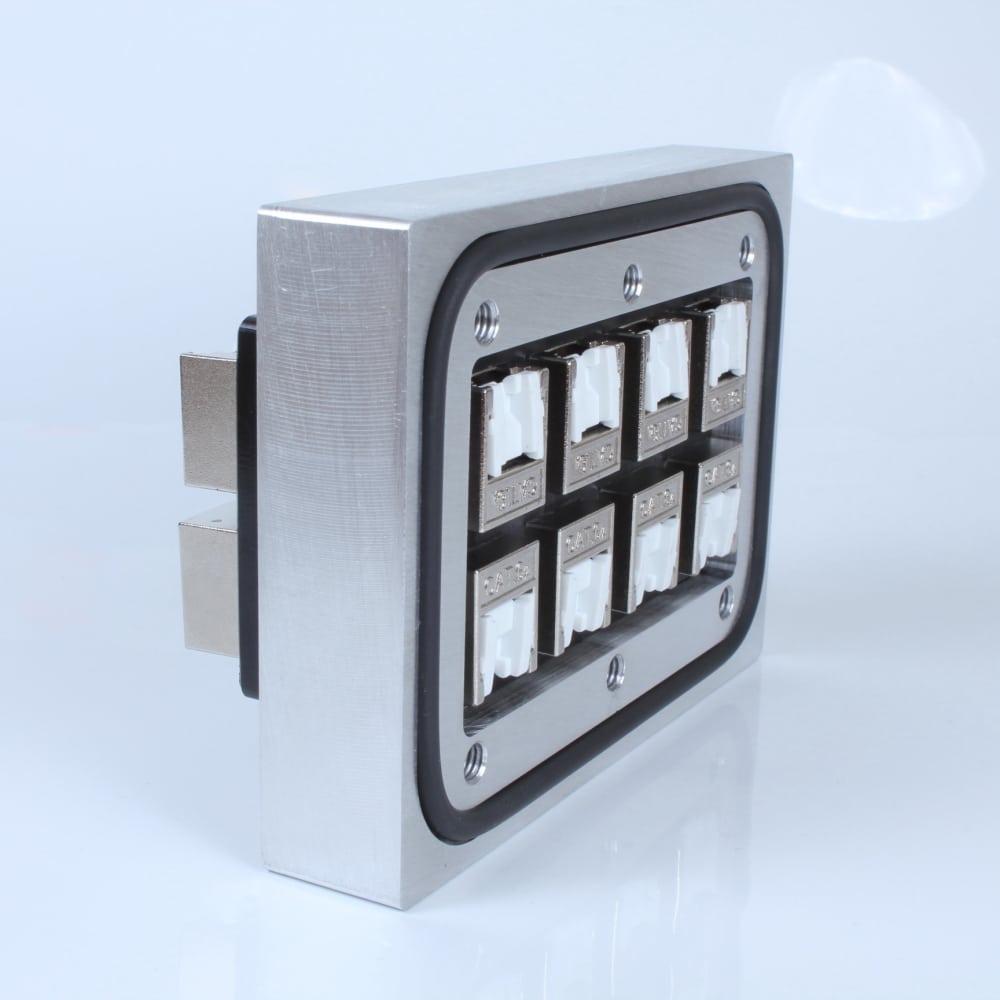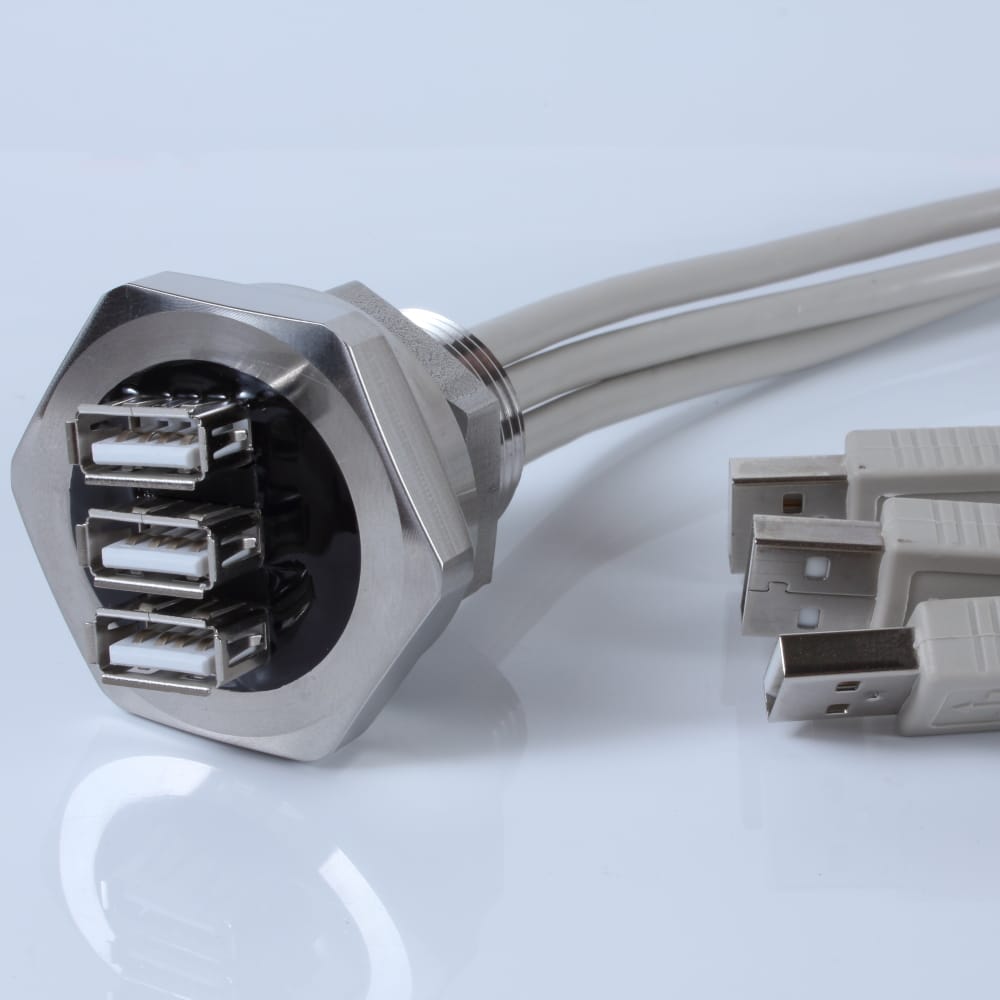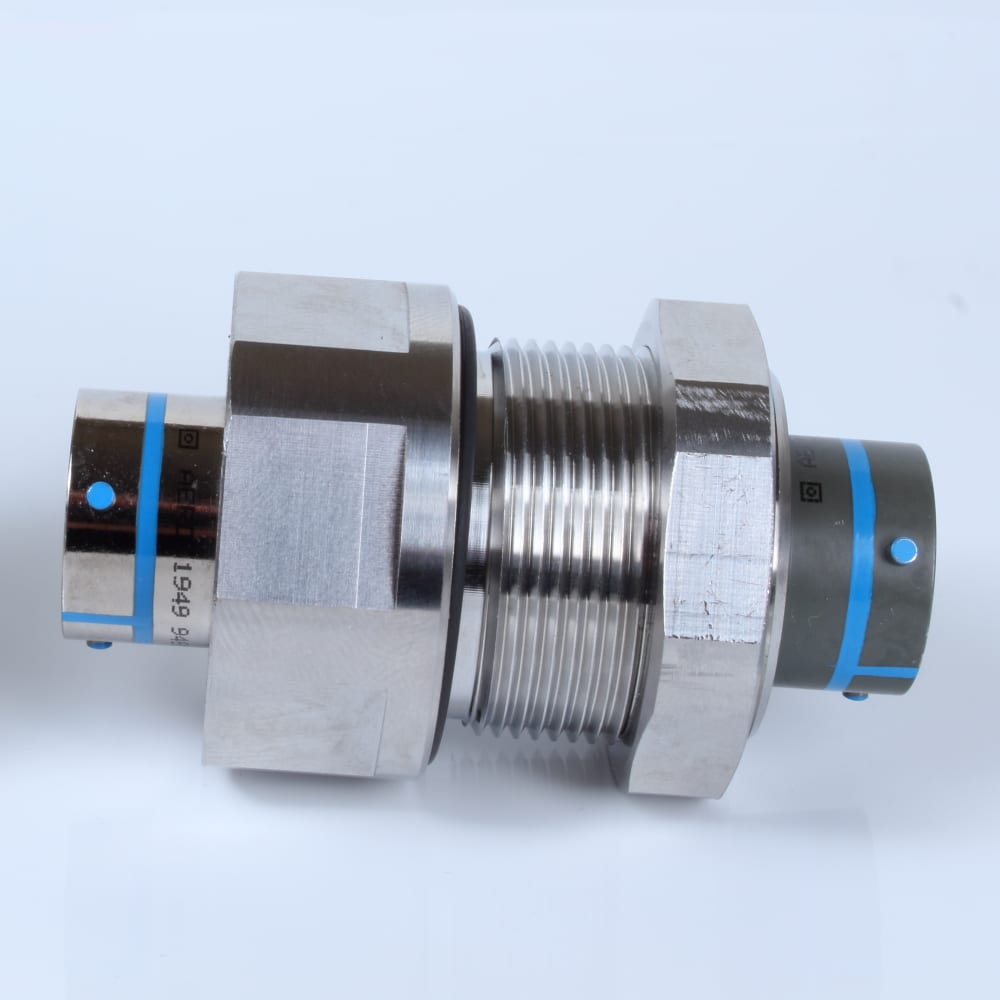Hermetic Seals as Rugged as the Actual Environment They Work In
Do you know the operating temperature required?
Often hermetic feedthrough operating environment requirements are pulled from design specifications for the system it’s going into. Sometimes this is acceptable but often it will add unnecessary costs and delays to the project. When specifying operating requirements it is important to determine the environment for the location of the hermetic seal within the system. The three most critical operating environment questions we want to know when designing a custom hermetic feedthrough are:
- The pressure or vacuum level on each side of the feedthrough.
- Any gasses or liquids that can contact the hermetic seal assembly.
- What is the temperature range the feedthrough will experience.

Most customers have a good understanding of the first two questions. The most common error we see is with temperature at the feedthrough. For example, a customer was running a high temperature experiment inside a glovebox and needed a thermocouple feedthrough. This experiment was expected to run at temperatures up to 300 degrees Celsius. The original specification for hermetic seal brought to the design team was standard glovebox operating conditions with a 300C temperature requirement. After further review it was determined that the hermetic seal was mounted to the wall of the glovebox which was inside a climate controlled laboratory. The mounting surface and hermetic seal would reach a maximum temperature of 80C and just the thermocouple jacket needed to withstand the 300C. The change in price and delivery time between an 80C seal and a 300C was substantial.
It’s important to know the actual operating conditions for custom components in your system so design and engineering teams can give you the most efficient and cost effective solution for the problem.




